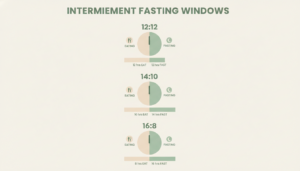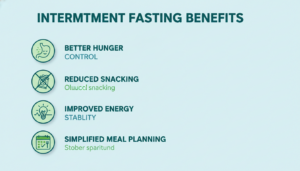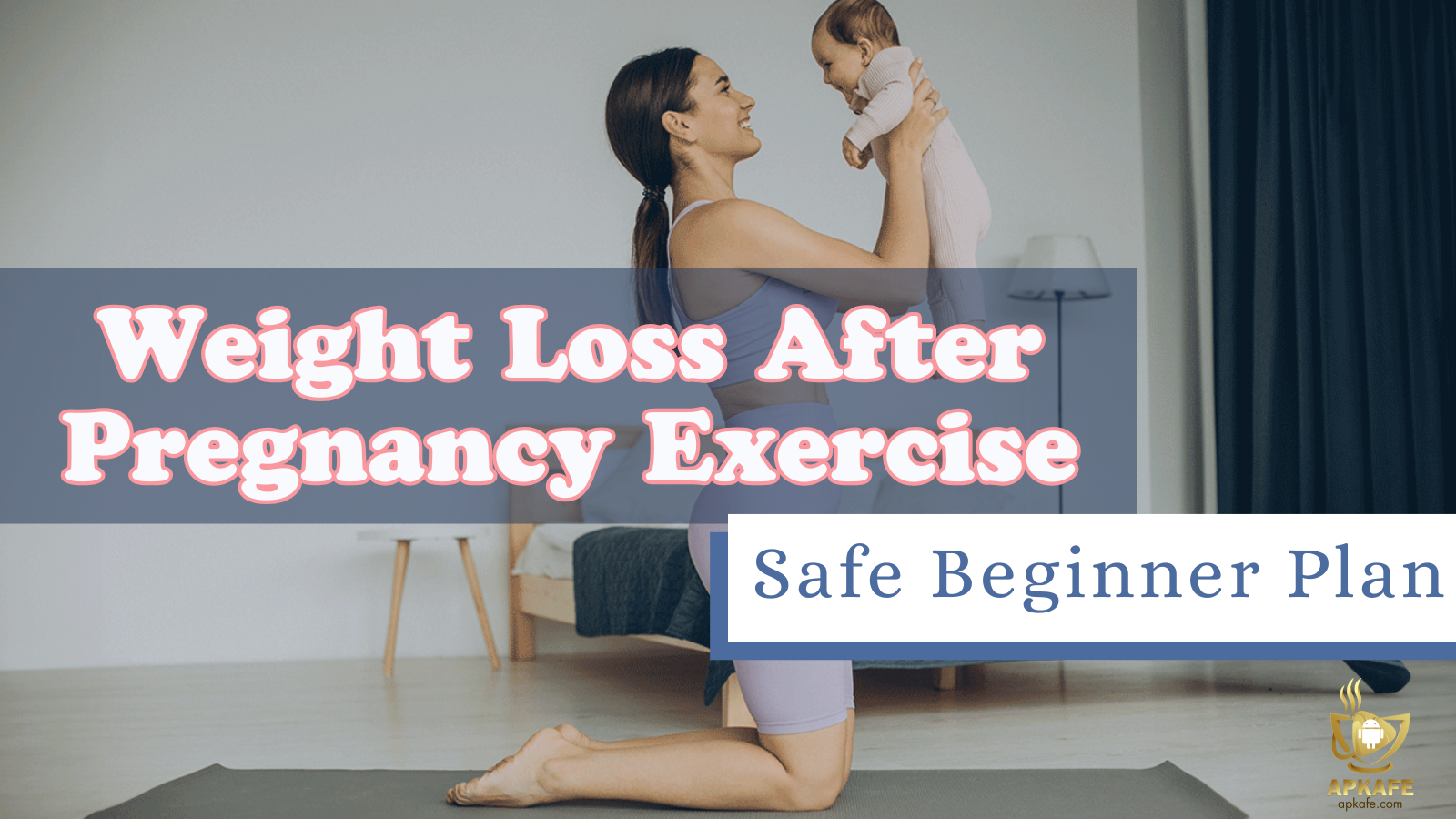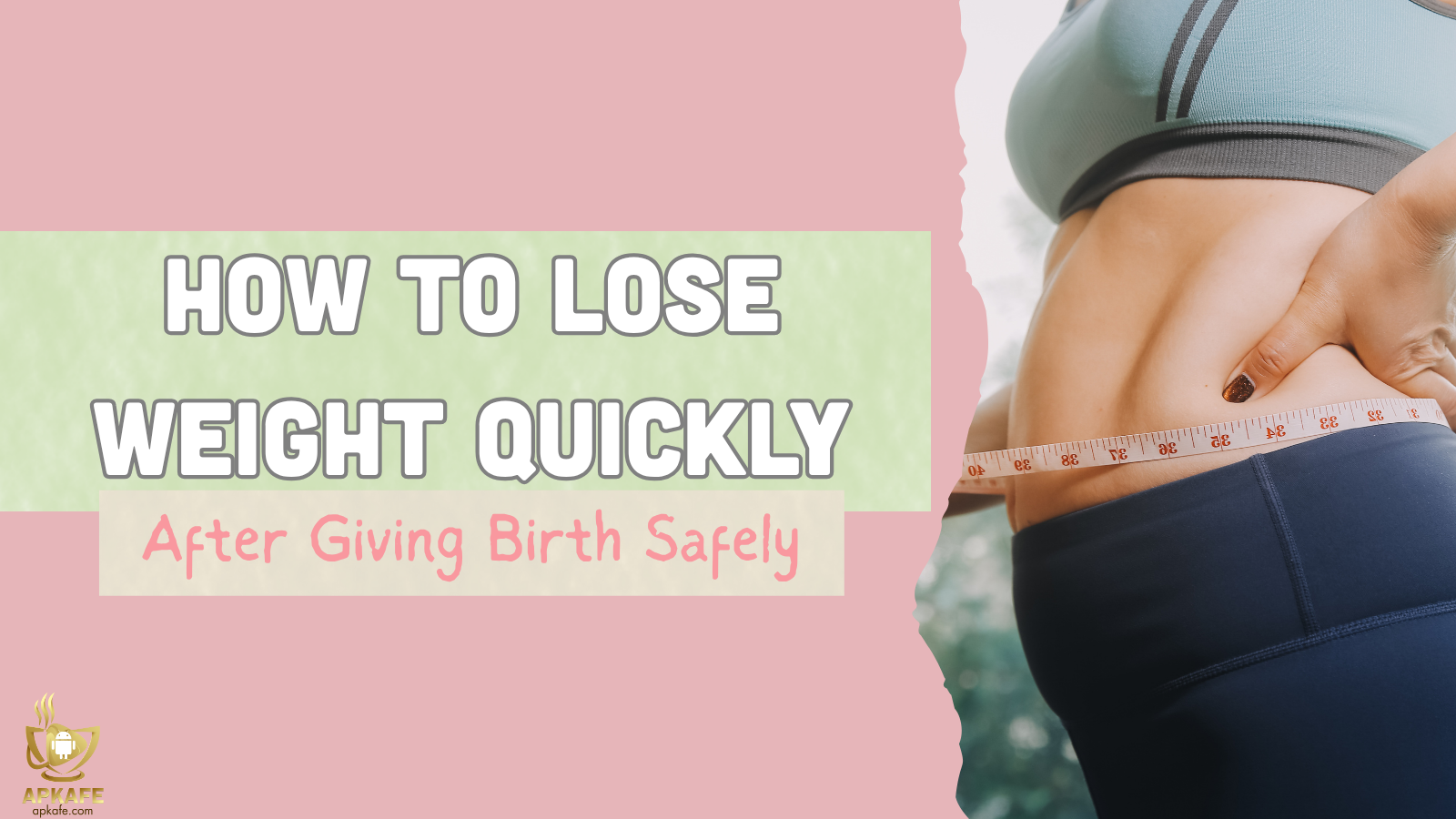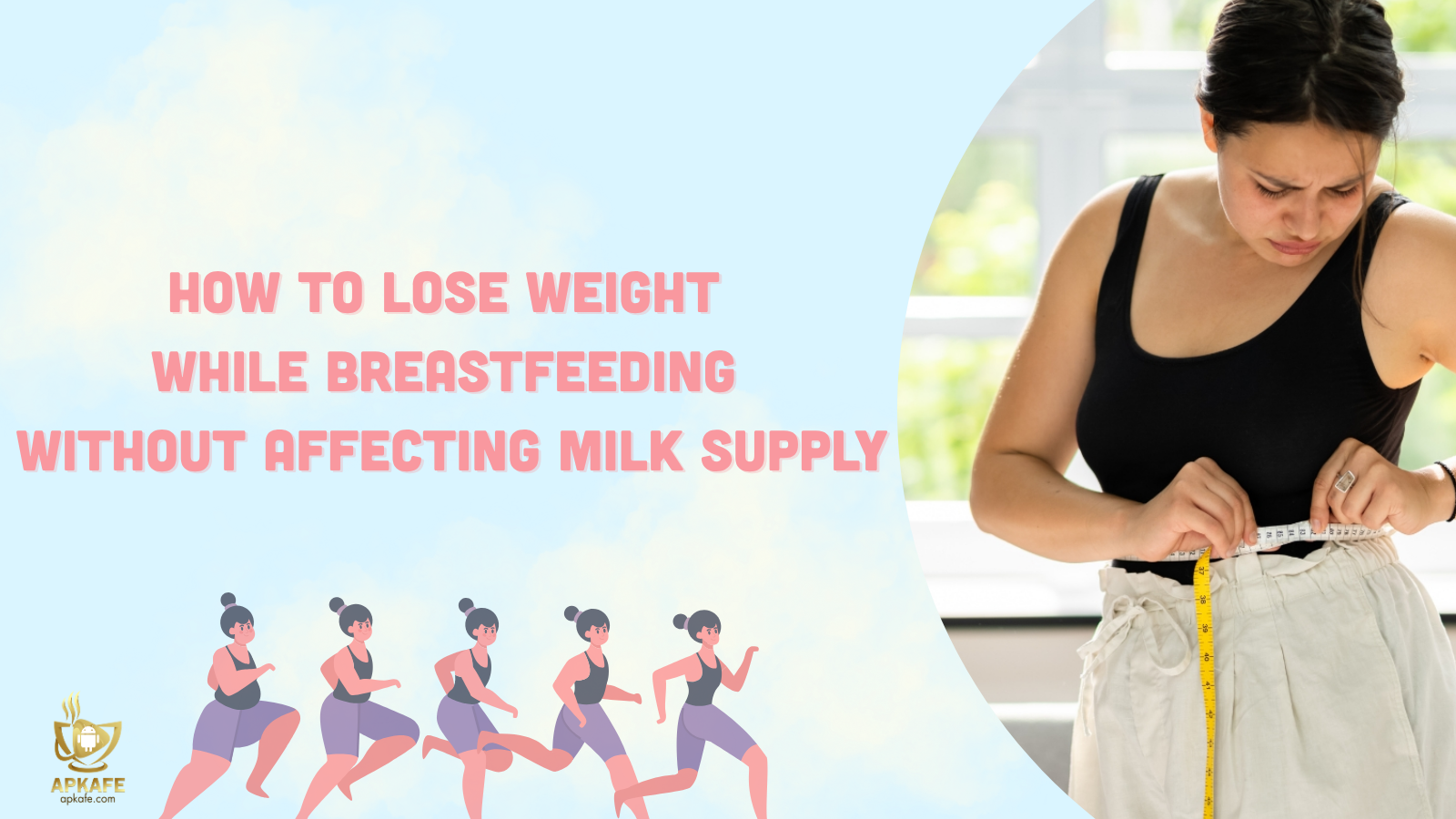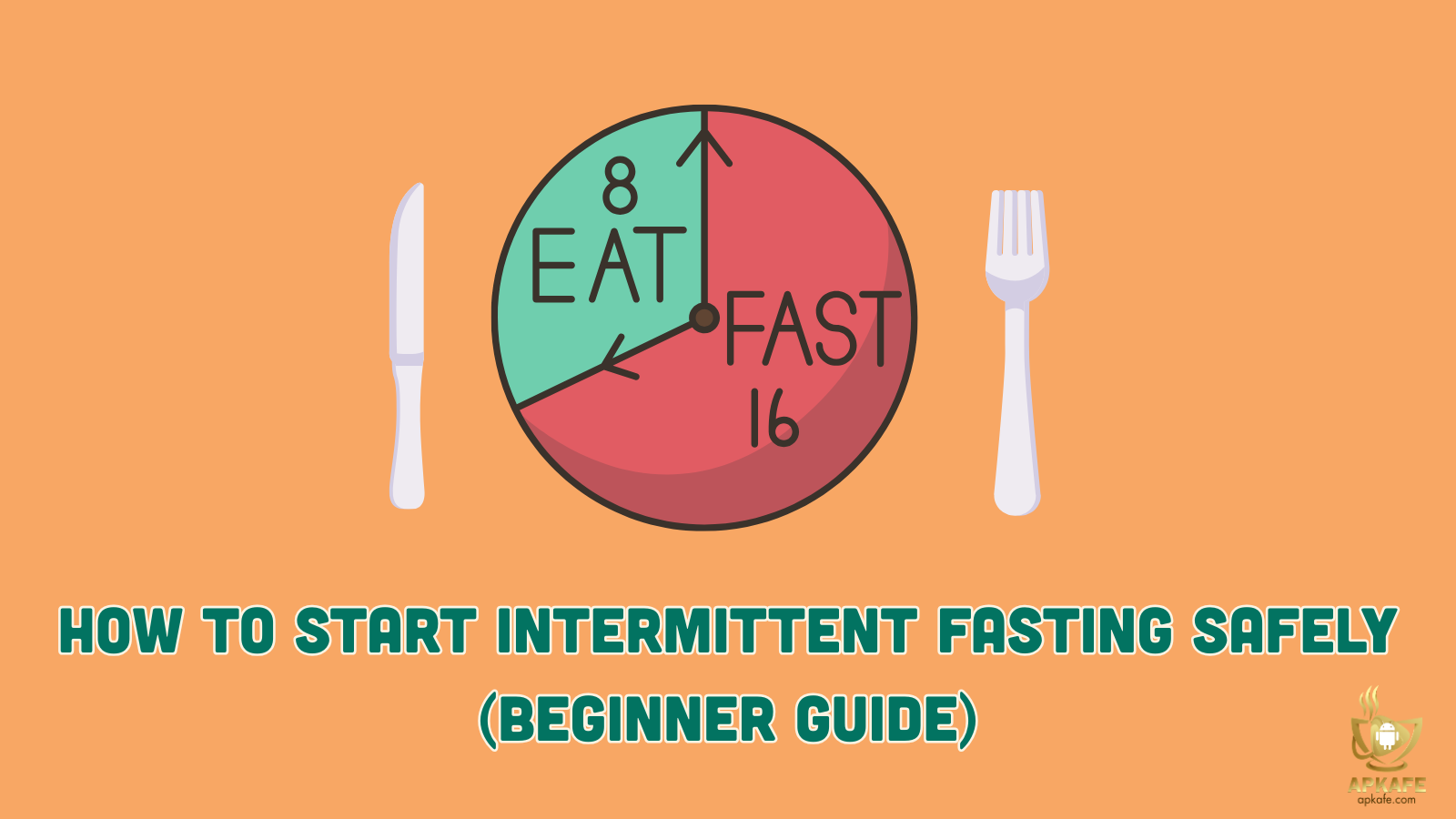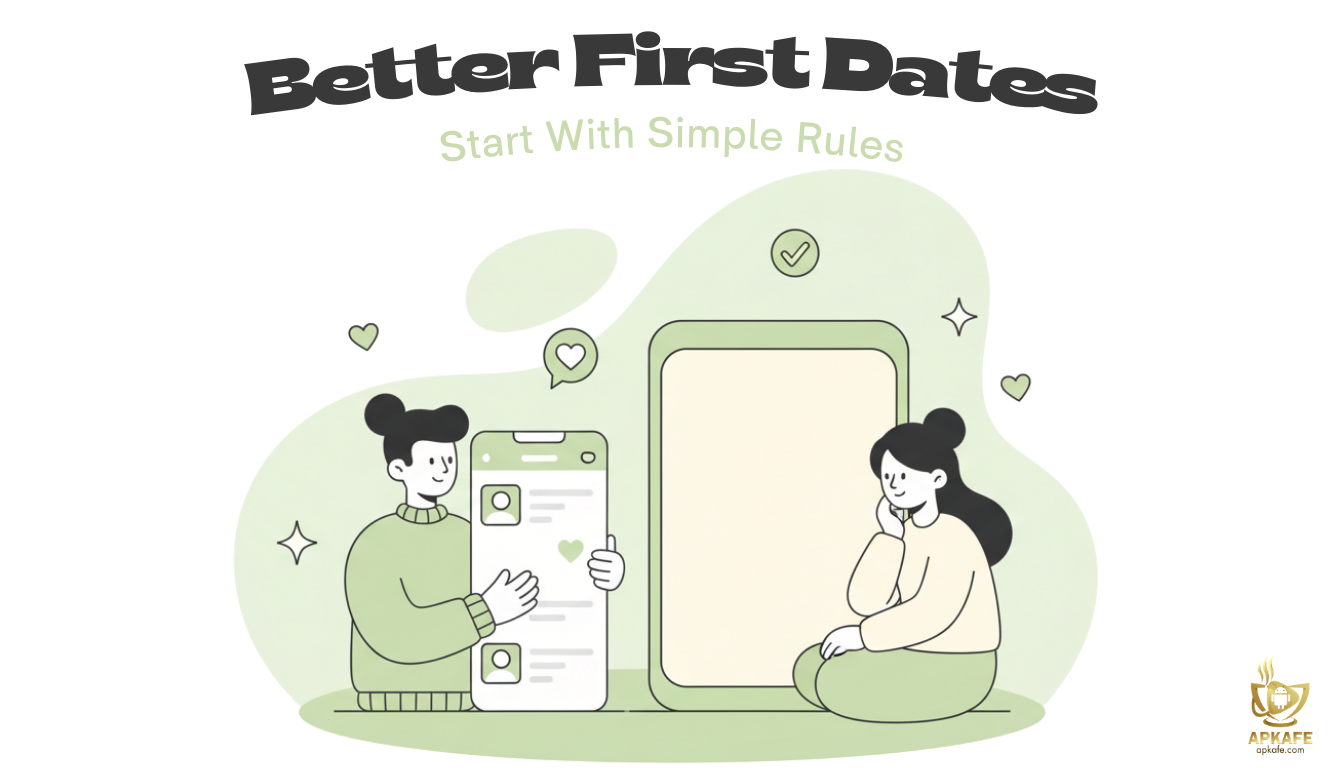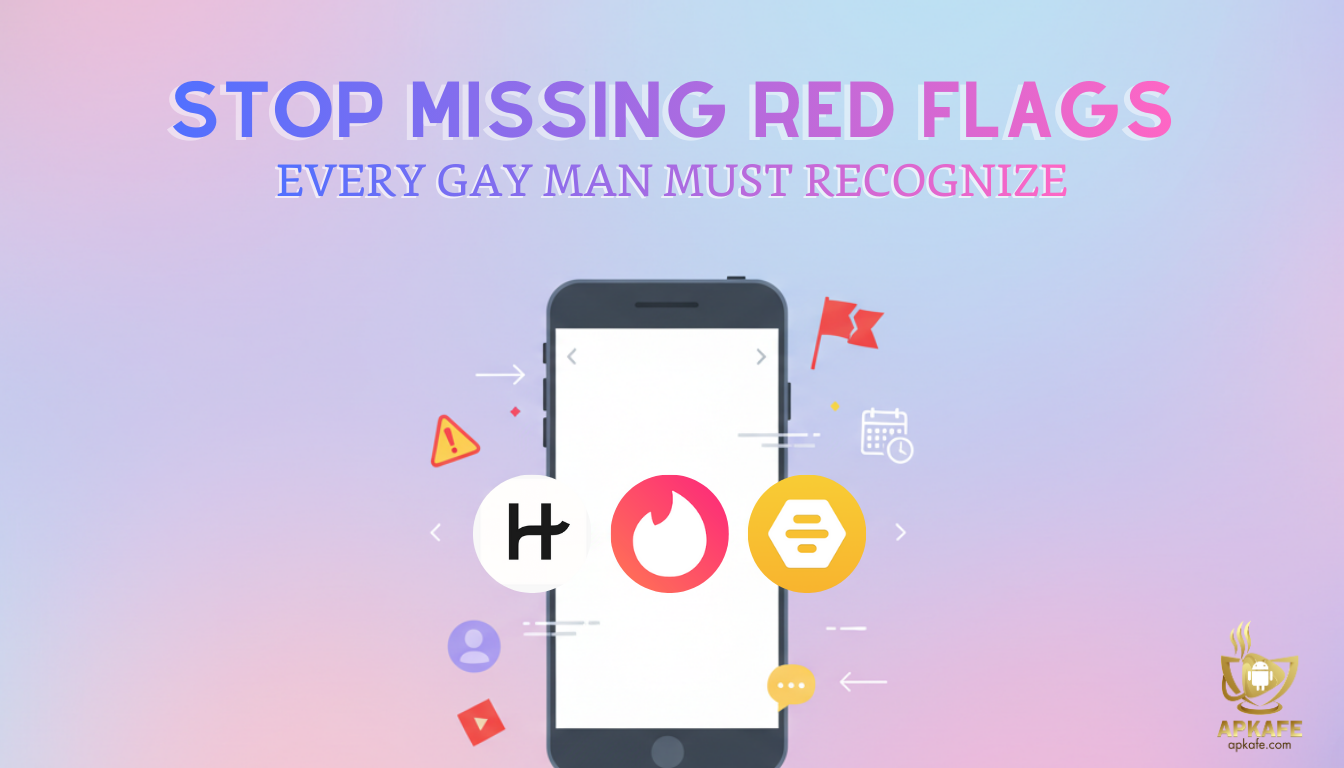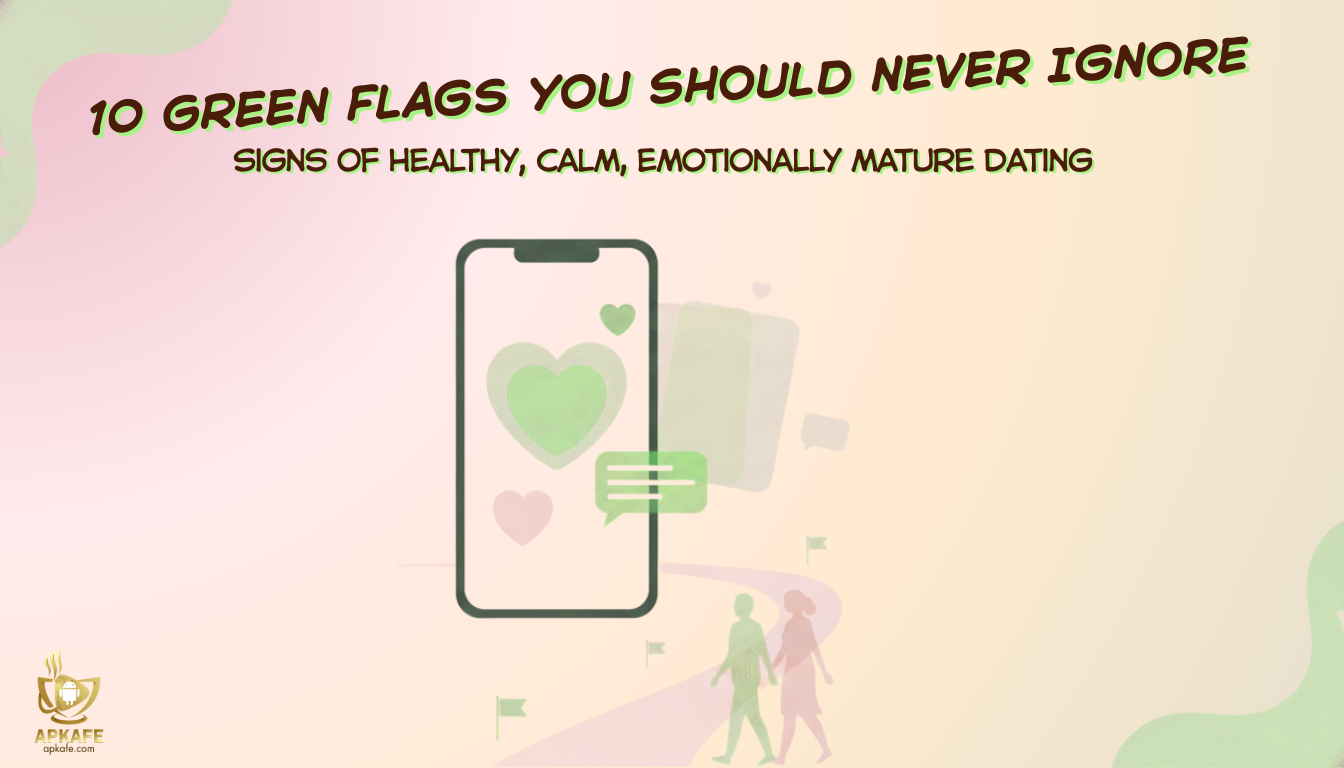How to Start Intermittent Fasting Safely (Beginner-Friendly Guide)
In the next few minutes, you’ll learn the small beginner mistake that causes most people to quit intermittent fasting by Day 3 and how to avoid it safely. Intermittent fasting (IF) can feel intimidating for beginners, especially when online advice seems contradictory or overly intense. But IF doesn’t have to be extreme or uncomfortable. When done safely and gradually, it becomes a predictable eating pattern that stabilizes energy, improves food awareness, and simplifies meal routines. This guide provides a structured, step-by-step approach to starting IF without overwhelming your body. You’ll also learn how to pick the right fasting window, how to know when to progress, and when to pause. Each step includes real-life micro-scenarios, safety cues, and tips you can apply immediately. You’ll also discover tools like structured fasting timers and hydration reminders that make fasting feel more manageable. And importantly, this guide includes checklists and disclaimers to ensure your journey is safe at every stage.
What Is Intermittent Fasting?
Understanding intermittent fasting correctly helps you avoid 80% of the mistakes beginners usually make.
Intermittent fasting (IF) is a time-based eating pattern in which you alternate between two phases:
- Fasting window: you avoid calories and consume only water or zero-calorie beverages.
- Eating window: you eat normally and meet your daily nutritional needs.
Unlike traditional diets, IF doesn’t require eliminating food groups. Instead, it focuses on when you eat. The main goal is to give your body predictable periods for stabilizing blood sugar, reducing mindless snacking, improving hunger cues, and supporting healthier circadian rhythms.
Common beginner-friendly IF schedules include:
- 12:12 — 12 hours fasting / 12 hours eating (gentle starting point)
- 14:10 — 14 hours fasting / 10 hours eating (moderate)
- 16:8 — 16 hours fasting / 8 hours eating (popular for those already adapted)
Intermittent fasting is not extreme starvation. When introduced properly, it helps reduce impulsive eating and supports a more balanced lifestyle without harsh restrictions.
Intermittent Fasting Benefits
After this section, you’ll understand why so many people report feeling lighter, clearer, and more in control when practicing intermittent fasting.
Intermittent fasting benefits (IF benefits) are not magic; they come from predictable metabolic rhythms and reduced eating windows. When your body gets consistent breaks from food intake, insulin levels stabilize, hunger becomes more predictable, and energy becomes smoother throughout the day. These effects aren’t guaranteed for everyone, but many beginners notice practical shifts that improve their daily functioning.
Commonly reported benefits of intermittent fasting include:
- More predictable hunger & fewer cravings: Short fasting windows help regulate appetite hormones, making cravings less chaotic.
- Better eating awareness: You become more intentional with meals, reducing “mindless snacking.”
- Simpler meal planning: Fewer eating windows → fewer decisions → less stress around food.
- More stable energy during the day: Many beginners report that energy dips become less frequent.
- Support for weight-management behaviors: Intermittent fasting naturally reduces eating opportunities, helping some people better manage calorie balance without strict calorie counting.
Prerequisites & Safety Checks
By the end of this section, you’ll know whether you’re ready—or if you should delay fasting for a safer experience.
Health Prerequisites
Before fasting, quickly assess:
- Existing conditions: Diabetes, hypotension, metabolic disorders, pregnancy, breastfeeding, prior eating disorders, or medications that influence blood glucose → speak with a clinician first.
- Hydration consistency: Begin only when your hydration has been stable for several days.
- Sleep patterns: IF is much harder when sleep is disrupted.
- Energy baseline: Fatigue from illness or overtraining makes fasting unsafe.
- Mental state: If you feel unstable, stressed, or emotionally drained, delay fasting.
Lifestyle & Schedule Fit
Choose a fasting window that fits the life you already have:
- Do you naturally snack late at night?
- Do you have morning hunger, or do you usually delay breakfast anyway?
- Does your job allow predictable lunch breaks?
- Do you eat dinner with your family at a fixed time?
The Day Before You Start
To avoid the “Day 1 crash,” prepare by:
- Eating balanced meals with fiber, protein, and complex carbs
- Drinking more water than usual
- Reducing processed sugar
- Sleeping 7–9 hours
- Planning your eating window in writing or through a fasting app
Methods of Intermittent Fasting (Beginner-Friendly Overview)
By the end of this section, you’ll know exactly which fasting method matches your lifestyle, not someone else’s.
Intermittent fasting isn’t one-size-fits-all. Each method fits different routines, energy patterns, and experience levels. Below are the most common and safest methods for beginners, along with scenarios, pitfalls, and micro-tips to help you choose the right one.
Method 1: 12:12 (Gentlest Method for Beginners)
This method splits your day into 12 hours of eating and 12 hours of fasting. It closely resembles your natural overnight fast and is ideal for those who want to ease into IF without stress.
Best For: People who have never fasted before, or those with irregular schedules.
Method 2: 14:10 (Moderate Method for Light Hunger Control)
This method involves fasting for 14 hours and eating during a 10-hour window. It’s a gentle progression from 12:12 and reduces late-night snacking.
Best For: Beginners who want noticeable structure but not high difficulty.
Method 3: 16:8 (Most Popular for Sustainable IF)
You fast for 16 hours and eat during an 8-hour window. This method is common because it offers structure without feeling extreme.
Best For: Anyone who completed 12:12 and 14:10 comfortably for at least 1 week.
Method 4: 5:2 (Weekly Calorie-Reduced Approach)
Instead of daily fasting windows, you eat normally for 5 days and reduce calorie intake on 2 non-consecutive days (typically around 500–600 kcal).
Best For: People who prefer flexibility over daily structure.
Method 5: Alternate-Day Fasting (ADF) [Not Recommended for Beginners]
ADF alternates normal eating days with fasting or low-calorie days. It is significantly more challenging.
Best For: Experienced fasters or under professional supervision.
Method 6: “Circadian Fasting” (Early Time-Restricted Eating)
This method aligns eating with daylight hours (e.g., eating window 8 AM–4 PM). Some studies suggest it may support circadian rhythm regulation.
Best For: Morning eaters or those who feel sluggish at night.
Fasting apps make any intermittent fasting method—from 12:12 to 16:8—easier and more consistent. Instead of tracking windows manually, you can rely on tools that organize timing, hydration, and daily routines.
Apps like Zero, BodyFast, và Simple help you choose a suitable fasting window, track progress, set reminders, and understand your hunger patterns. They don’t replace listening to your body, but they keep you structured, motivated, and aware of what works best for your lifestyle.
What Does Research Say About Intermittent Fasting?
Before you choose an intermittent fasting method, here’s what scientific research actually says, and what it doesn’t promise.
Intermittent fasting has been widely studied, especially 12:12, 14:10, and 16:8 schedules. Most research highlights behavioral, hormonal, and metabolic patterns, rather than dramatic overnight transformations. Scientific findings generally show that IF influences appetite regulation, energy stability, and metabolic timing but results vary from person to person.
Here’s what research suggests (general, non-medical insights):
- Appetite hormones become more predictable: Some studies note improved stability in ghrelin (hunger hormone) patterns after consistent fasting windows.
- Meal-timing improves metabolic rhythm: Research on circadian biology suggests earlier eating windows (e.g., 8 AM–4 PM) may align better with natural metabolism.
- Potential improvements in insulin sensitivity: Some early evidence indicates that structured fasting windows may support glucose regulation but this is highly individualized and not a treatment for medical conditions.
- Possible benefits for weight regulation: Many clinical trials show IF can help reduce total calorie intake—not because fasting “burns fat faster,” but because it limits eating opportunities.
- Mixed evidence for long-term outcomes: Some studies show strong benefits; others show similar results to calorie restriction. Research is ongoing.
Comparison & Progression Checklist Table
| Criterion | Maintain | Progress | Pause |
| Energy | Stable | Higher than usual | Fatigue |
| Hunger | Predictable | Mild | Extreme hunger |
| Sleep | Normal | Improving | Disturbed |
| Mood | Stable | Improved | Irritable |
| Hydration | Adequate | Consistent | Struggling |
| Stress | Manageable | Low | High |
| Physical symptoms | None | None | Dizziness/headache |
| Consistency | 4–5 days | 7 days | <3 days |
Common Pitfalls & How to Fix Them
Most fasting attempts fail because of these misunderstandings—fixing them takes minutes.
Pitfall 1: Feeling Dizzy or Weak
Fix hydration, electrolytes, and sleep. Severe dizziness = stop.
Resource: Build healthier habits with 12 tips for good health
Pitfall 2: Overeating After the Fast
Prep meals, emphasize protein, and avoid “reward eating.”
Pitfall 3: Inconsistent Schedules
Use app timers and maintain one window for 4–5 days.
Safety & Privacy Checklist
This 60-second checklist protects both your health and your data—don’t fast without it.
Checklist:
- Consult a clinician if conditions apply
- Break your fast if severe dizziness occurs
- Avoid fasting when sleep is disrupted
- Audit app permissions (no unnecessary access)
- Never share sensitive details
- Hydrate consistently
- Adjust your window if energy drops
FAQs
Can I drink coffee during the fasting window?
Yes, black coffee is usually acceptable. Avoid cream, sugar, or flavored syrups since they break fast. If coffee makes you jittery on an empty stomach, switch to herbal tea.
What if I exercise in the morning?
Light workouts are usually fine. For intense training, start with a shorter fast (e.g., 12:12) until you know how your body responds.
How long does it take to adjust to intermittent fasting?
Most beginners adapt within 5–7 days. If you still struggle after two weeks, reduce fasting length or consult a clinician.
Will fasting slow my metabolism?
Short-term fasting (12–16 hours) generally does not slow metabolism when paired with adequate calories and protein during eating windows.
What should I eat during the eating window?
Balanced meals with protein, fiber, complex carbs, greens, and healthy fats. Avoid using the eating window as permission to binge.
Can I fast if I work night shifts?
Yes but your window must match your real sleep–wake cycle. Start with 12:12 and slowly adjust around your shift.
What if I get hungry at night?
Use warm fluids, reduce screen stimulation, and ensure you ate enough protein earlier.
How do I know if intermittent fasting is not right for me?
If you experience persistent fatigue, dizziness, irritability, binge eating, or worsened sleep, pause fasting and reassess.
User Reviews

